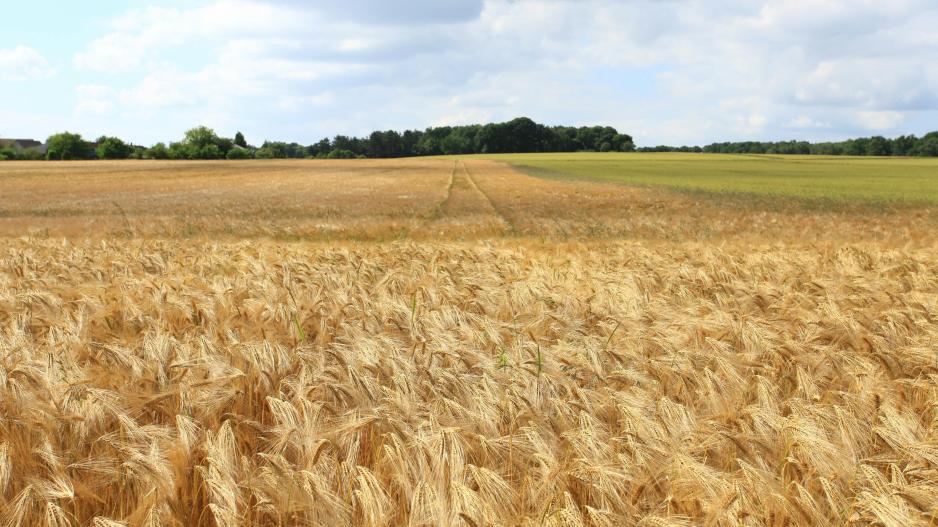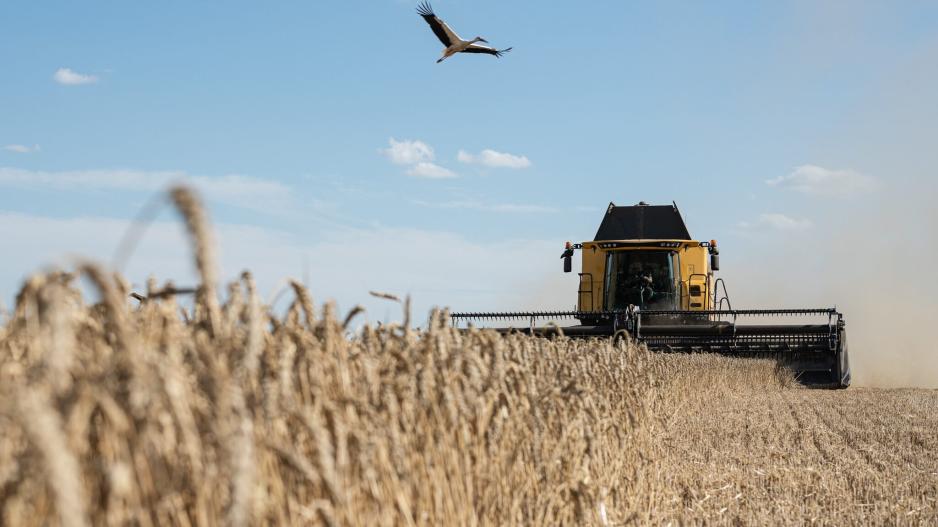Russia Aims to Challenge Western Dominance in Global Grain Market
The BRICS States Currently Represent Nearly Half of the World’s Grain Production and Consumption
Russia plans to establish a "grain exchange" with BRICS nations (Brazil, Russia, India, China, and South Africa) to challenge Western dominance in agricultural trade. As per Kremlin reports, this initiative could transform the global market and contest the Western-led system of agricultural pricing.
The BRICS countries currently represent nearly half of the world's grain production and consumption. According to Russia's Ministry of Agriculture, these five countries produce about 42% of global grain crops and account for approximately 40% of worldwide consumption.
With the inclusion of Saudi Arabia, Egypt, the United Arab Emirates, Iran, and Ethiopia into the BRICS group, the estimated grain production of this bloc would exceed 1.24 billion tons, while consumption would reach 1.23 billion tons. This grain exchange could also benefit other BRICS countries by ensuring a steady supply amid growing concerns about food security.

This grain exchange initiative would likely boost Russia's geo-economic influence in the participating countries. Russia, a major supplier of grains and fertilizers, could increase its political clout within the BRICS bloc.
Russia is set to export 56% of its grain harvest for the 2023-2024 season, a record since the Soviet era. In contrast, the United States is expected to export only 39% of its grain harvest this year, down from an average of 50%. Australia's exports are also anticipated to decrease by 45%, totaling 17.5 million tons.
While the USA and Australia are major grain exporters, they may struggle to maintain market share and negotiate favorable trade terms against cheaper Russian grains.
These developments could further challenge the dollar as the primary currency for trade. Currently, the dollar's share in the settlement structure of BRICS countries is 28.8%, with the rest being conducted in national currencies. Sergey Katyrin, President of the BRICS Business Council and also President of the Chamber of Commerce and Industry of the Russian Federation, mentioned the significant increase in Russia's trade with other BRICS nations, reaching $294 billion by the end of 2023, accounting for 41.4% of its total trade.
The frequent use of sanctions by Washington since the 1990s has prompted countries like China and Russia to promote de-dollarization. Powers close to Beijing and Moscow are heeding this call and following suit, as seen with Iran and Malaysia. Even India and Brazil are aligning with the shift away from the dollar.
As a result, many central banks of large emerging countries are moving away from the dollar and buying gold, thereby increasing its price.
The BRICS could emerge as the G7 of the developing world, altering the international order. Importantly, the increasing influence of the bloc's decisions on the global economy and its strengthened voice in the international financial scene are noteworthy, partly due to the New Development Bank of BRICS. This bank plans to begin lending in South African and Brazilian currencies to reduce dollar dependency.
By 2030, the combined BRICS+ might represent 40% of the global GDP, accounting for 45% of the world's population with 3.5 billion inhabitants.






